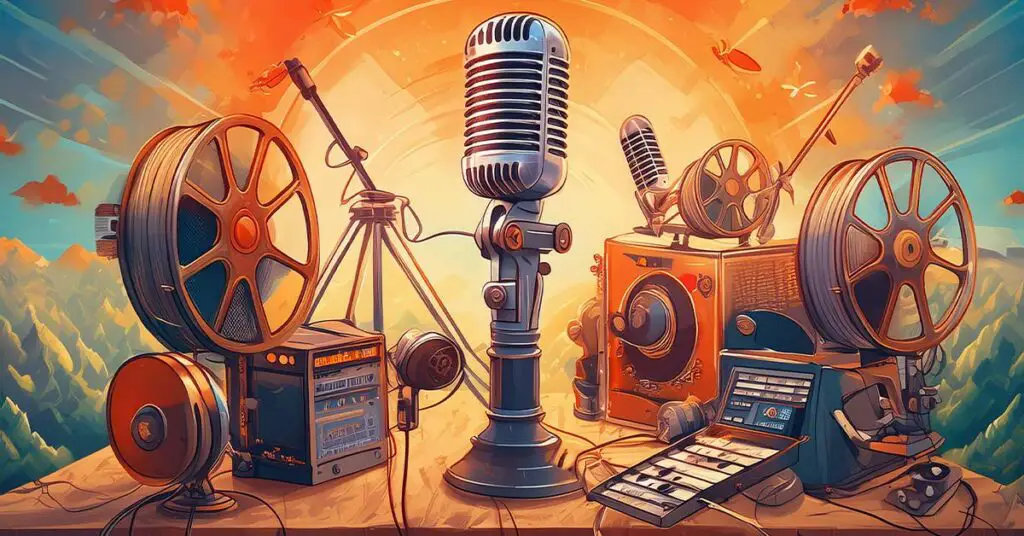In the world of filmmaking, one crucial aspect that often goes unnoticed by audiences is the seamless blending of dialogue and sound effects. However, behind the scenes, a technique called Automated Dialogue Replacement (ADR), or dubbing, plays a vital role in enhancing audio quality and fixing dialogue issues. ADR involves re-recording dialogue by actors in a controlled environment, allowing filmmakers to address problems caused by on-set noise, poor audio capture, or creative changes during post-production.
This comprehensive guide delves into the fascinating history of ADR in filmmaking, tracing its origins, evolution, and impact on the art form. From the pioneering efforts of early sound engineers to the cutting-edge digital techniques of today, we’ll explore the journey of ADR and its enduring importance in bringing stories to life on the big screen.
The Early Years of ADR (1920s-1940s):
The birth of ADR can be traced back to the dawn of the sound era in filmmaking. As the industry transitioned from silent films to “talkies,” sound engineers faced numerous challenges in capturing clear and audible dialogue on set. The noisy cameras, limited microphone technology, and the inability to control ambient noise made it difficult to record pristine audio.
In the late 1920s, pioneers like Douglas Shearer and the team at MGM Studios began experimenting with techniques to re-record dialogue in controlled environments.
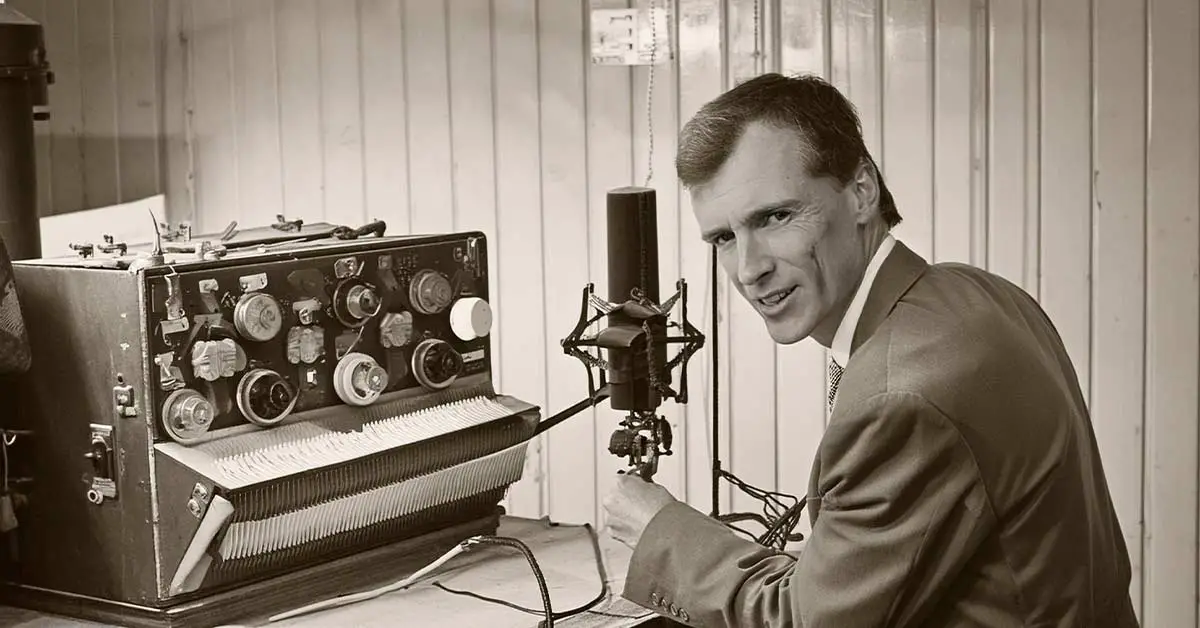
One of the earliest known examples of ADR can be found in the 1933 classic, King Kong. The film’s sound team, led by Murray Spivack, used a primitive form of dubbing to enhance the dialogue and create the iconic roars of the giant ape.
Throughout the 1930s and 1940s, ADR became an increasingly valuable tool for filmmakers. The Wizard of Oz (1939) and Citizen Kane (1941) are notable examples of films that utilized ADR to improve dialogue clarity and fix audio issues. However, the techniques were still rudimentary, and the process was often laborious and time-consuming.
The Rise of ADR in Hollywood (1950s-1970s):
As the film industry continued to evolve, so did the technology and techniques surrounding ADR. The 1950s and 1960s witnessed a surge in the adoption of ADR in Hollywood, driven by advancements in recording equipment and a growing appreciation for the benefits of dialogue replacement.
Acclaimed films like Ben-Hur (1959) and Lawrence of Arabia (1962) showcased the potential of ADR in enhancing the overall audio experience. Sound engineers could now seamlessly blend re-recorded dialogue with on-set audio, creating a more polished and immersive final product.
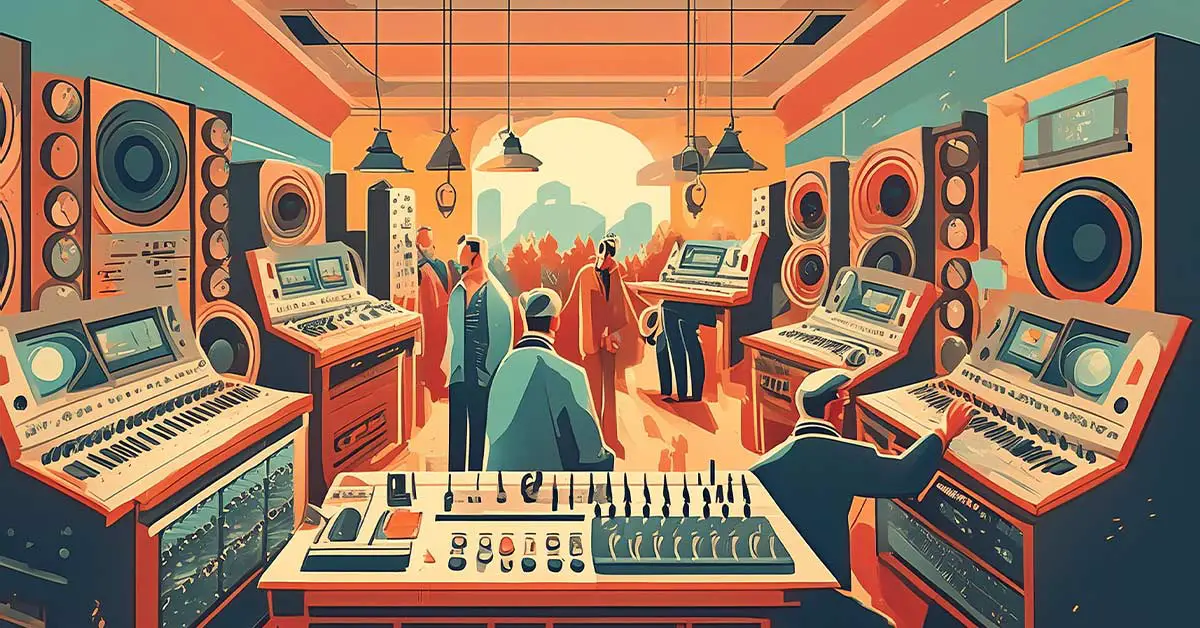
However, ADR during this era was not without its challenges. The limitations of analog recording equipment and the lack of advanced editing tools made the process time-consuming and labor-intensive. Synchronizing the re-recorded dialogue with the actors’ lip movements required meticulous attention to detail and skilled editing techniques.
The Digital Revolution (1980s-2000s):
The advent of digital technology in the 1980s and 1990s ushered in a new era for ADR, revolutionizing the way dialogue was recorded, edited, and integrated into films. The transition from analog to digital systems brought increased flexibility, precision, and efficiency to the ADR process.
Groundbreaking films like Star Wars (1977), Jurassic Park (1993), and The Lord of the Rings trilogy (2001-2003) demonstrated the power of digital ADR in creating seamless audio experiences. Sound engineers could now precisely align re-recorded dialogue with on-screen lip movements, ensuring a natural and convincing performance.
Digital editing software and advanced recording equipment made it easier to capture high-quality audio and manipulate it to perfection. Additionally, the ability to create and blend synthetic sounds opened up new creative possibilities, allowing filmmakers to bring fantastical creatures and environments to life with greater realism.
Modern ADR Techniques and Workflows:
In the modern era, ADR has become an integral part of the filmmaking process, with dedicated ADR stages, specialized equipment, and streamlined workflows. The current state-of-the-art technology and software have made ADR more efficient, accurate, and accessible than ever before.
The modern ADR workflow typically begins with the creation of an ADR script, which identifies the lines and scenes that require dialogue replacement. Actors are then brought into specialized ADR recording studios, where they re-record their lines while watching the corresponding footage on a screen. These studios are designed to minimize external noise and provide optimal acoustic conditions.
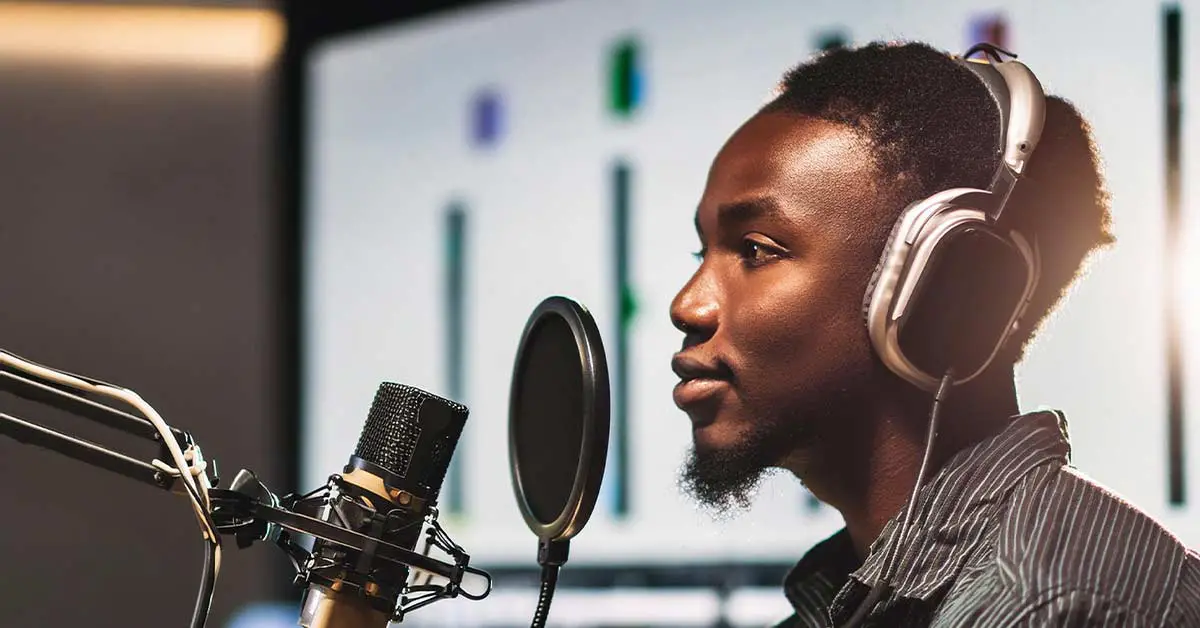
Once the dialogue is recorded, a team of skilled ADR editors and mixers work their magic. They meticulously align the re-recorded lines with the actors’ lip movements, ensuring a seamless integration with the original on-set audio. Advanced software tools and plugins allow for precise adjustments, including pitch-shifting, time-stretching, and blending with ambient sounds.
The role of ADR supervisors has become crucial in coordinating these complex workflows. They work closely with directors, actors, and sound engineers to ensure the integrity of the performances and maintain consistency throughout the ADR process.
The Future of ADR:
As technology continues to advance, the future of ADR in filmmaking promises even more exciting developments. Emerging technologies like artificial intelligence (AI) and machine learning are poised to revolutionize the way dialogue is captured, processed, and integrated into films.
AI-assisted dialogue replacement techniques could potentially automate many aspects of the ADR process, from lip-syncing to seamless audio blending. This could streamline workflows, reduce production costs, and open up new creative possibilities for filmmakers.
Additionally, the rise of virtual production techniques, where actors perform in immersive digital environments, presents both opportunities and challenges for ADR. While these techniques may reduce the need for traditional ADR in some scenarios, they also introduce new complexities in capturing and integrating dialogue into these dynamic virtual worlds.
Regardless of the technological advancements, the art of ADR will continue to play a crucial role in filmmaking. The ability to enhance audio quality, fix dialogue issues, and create convincing performances will remain paramount in delivering engaging and immersive cinematic experiences.
Notable ADR Achievements and Challenges:
Throughout the history of filmmaking, ADR has been responsible for some of the most impressive and challenging achievements in audio production. One notable example is the ADR work done for the Lord of the Rings trilogy, where actors had to re-record extensive dialogue in various fictional languages, including Elvish and the guttural speech of orcs and trolls.
Another remarkable feat was the ADR work for the film Gravity (2013), which required actors to re-record dialogue while simulating the effects of zero gravity on their breathing and vocal patterns. This attention to detail helped create a sense of realism and immersion in the film’s space-based setting.
ADR has also proven invaluable in overcoming unexpected challenges on set. In the case of the film Apocalypse Now (1979), much of the dialogue had to be re-recorded due to the extreme conditions and ambient noise encountered during the film’s famously troubled production in the Philippines.
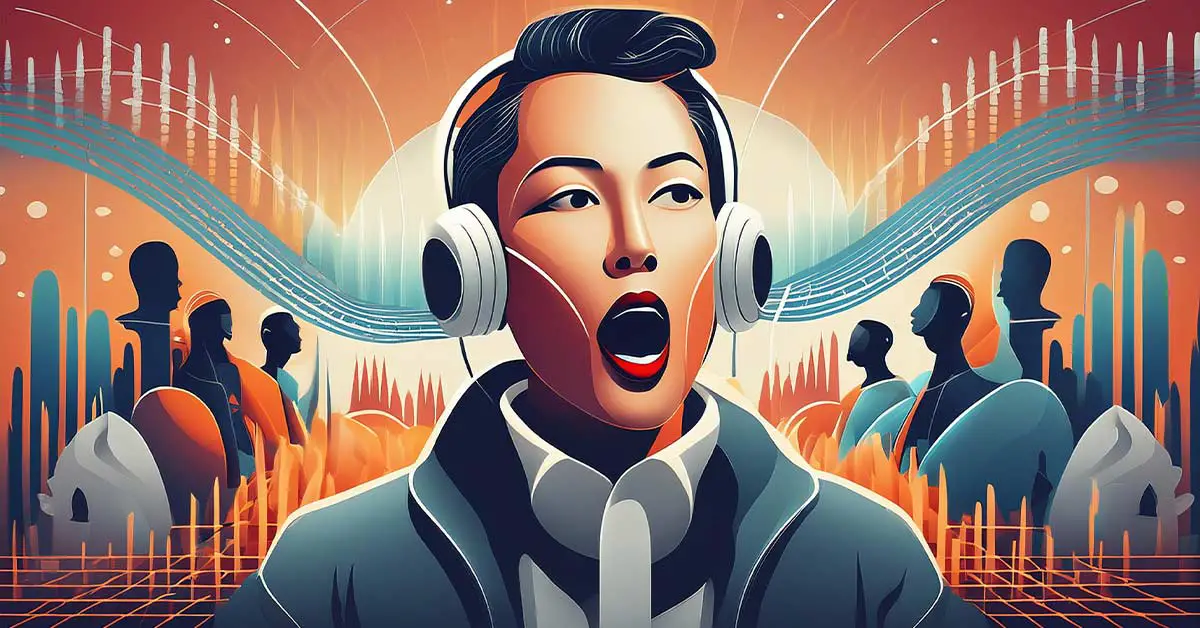
Similarly, the ADR team for the film Saving Private Ryan (1998) faced the daunting task of re-recording dialogue amidst the intense sound effects of battle scenes. Their meticulous work ensured that the actors’ performances remained authentic and audible, even in the midst of explosive action sequences.
While ADR has achieved remarkable feats, it is not without its challenges. One of the most significant obstacles is maintaining the authenticity and emotional resonance of the original performances. Actors must often re-record their lines months or even years after the initial shoot, making it difficult to recapture the same energy and nuance.
Another challenge lies in achieving seamless lip-syncing, especially in close-up shots or scenes with complex camera movements. Even the slightest discrepancy between the re-recorded dialogue and the actor’s lip movements can break the illusion and distract the audience.
Furthermore, ADR can be a time-consuming and costly process, particularly for films with extensive dialogue or complex sound requirements. Coordinating the schedules of actors, sound engineers, and ADR teams can be logistically challenging, adding to the overall production costs.
Conclusion:
The history of ADR in filmmaking is a testament to the ingenuity and perseverance of sound engineers, editors, and filmmakers. From its humble beginnings in the early days of sound films to the cutting-edge digital techniques of today, ADR has played a pivotal role in shaping the art of cinematic storytelling.
As audiences continue to demand increasingly immersive and realistic audio experiences, the importance of ADR cannot be overstated. It is a crucial tool that allows filmmakers to overcome technical limitations, fix dialogue issues, and create convincing performances that bring stories to life on the big screen.
While the future holds exciting advancements in ADR technology, the core principles of skill, artistry, and attention to detail will remain essential. The ability to seamlessly blend re-recorded dialogue into films is an art form that requires a deep understanding of performance, sound design, and the nuances of the human voice.

